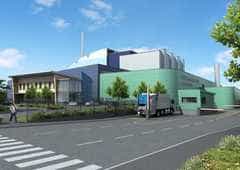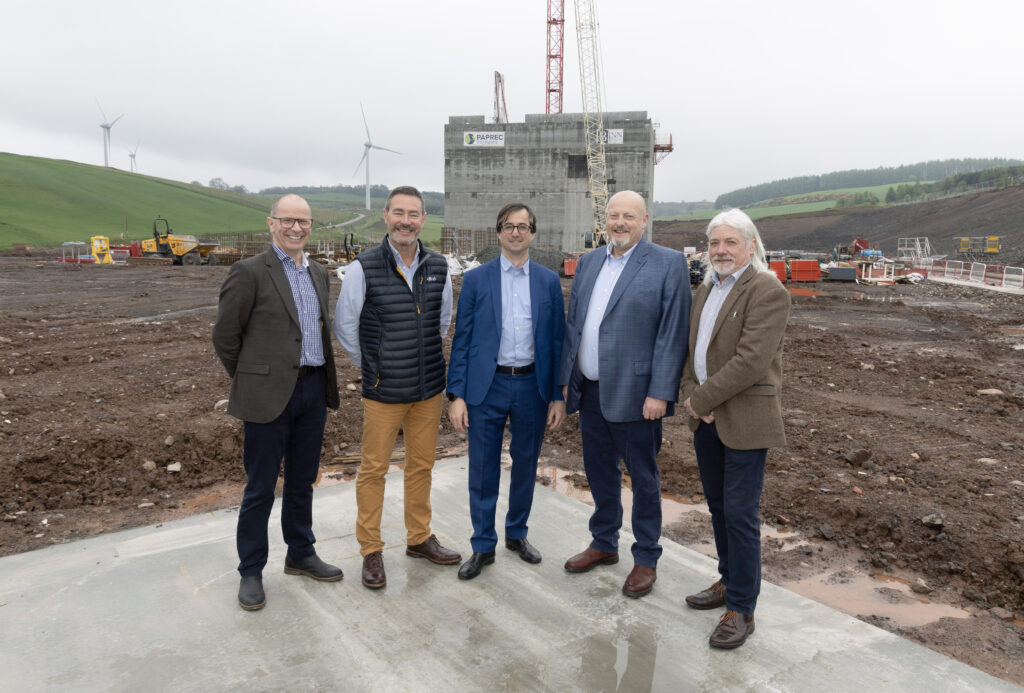Members of Bradford councils Regulatory and Appeals Committee unanimously approved plans submitted by Pennine Resource Recovery (PRR) for the Bradford facility.

The resource recovery facility will mechanically extract recyclable materials from Bradford and Calderdales municipal waste before using thermal combustion technology to turn the remainder into electricity which will be supplied to the National Grid. PRR said the heat produced by the plant could be used by local businesses.
It is hoped that the facility will help to divert more than 90% of Bradford and Calderdales waste away from landfill each year and help the councils to increase their recycling rates to over 50%. The councils recycling rate in 2010/11 was 34%.
PRR was formed in January 2012 and it took on the project from EarthTech Skanska. It is a consortium involving Skanska, FCC Environment and services company AECOM. Skanska is leading the development of the project and will work through a joint venture with AECOM to design, build and commission the plant. Once built, FCC Environment will manage its operations.
In December 2011, PRR was appointed the preferred bidder for the 1 billion, 25-year residual waste treatment contract.
Benefits
Commenting on the committees decision, Mark Tribe, project director for PRR, said: Our project will bring great economic and environmental benefits to Bradford and Calderdale and were delighted councillors have recognised this. No matter how environmentally responsible we are, our society will always generate waste. The Resource Recovery Facility will ensure we deal with waste in a sustainable way and avoid sending it to environmentally damaging and increasingly costly landfill sites.
He added:This decision is great news for Bradford and Calderdale.The scheme has been specifically designed for the area and we will be working very closely with local training and employment agencies to ensure that local people across both districts are able to benefit from the employment and training opportunities on offer.
Facility
It is hoped that construction will begin in spring 2013 with the facility expected to be operational by 2016. 300 jobs will be created during the construction and approximately 80 permanent jobs created when the facility is up and running. In addition, 80 apprenticeships will be offered to local residents as well as 1,500 weeks of work experience for unemployed people.
The site will also feature a visitor and education centre which the council says will be used to encourage residents to manage their waste more sustainably.
The plans for the plant show that in 2010/11, the MSW arisings in Bradford and Calderdale amounted to around 317,000 tonnes. The proportion which was recycled and composted was around 30 % and the balance was sent for disposal, including landfill.
The contractors said in the documents: The proposed RRF will provide ia Mechanical Recycling Plant (MRP) to segregate recyclate materials from the residual MSW delivered under the Contract for recycling and/or reprocessing elsewhere, ii) an Energy Recovery Plant (ERP) to recover metals and energy from the waste which is left (and from similar non-hazardous commercial and industrial wastes) and iii) a facility for the bulking up and onward transportation of recyclable household wastes.
The Incinerator Bottom Ash (IBA) generated by the ERP will be reprocessed at a third party facility elsewhere to segregate ferrous metals and to make the IBA suitable for use as a secondary aggregate.
By these means 17 % of Bradford and Calderdales residual MSW will be recycled. When added to the continued improvement in recycling performance (which the Councils plan to achieve through other means) this is expected to increase the overall recycling rate to 50 % by 202/21. The proportion of MSW which will be disposed of to landfill meanwhile will be reduced (following treatment at the RRF and the remote IBA recycling facility), to just 5.1 %.










Subscribe for free